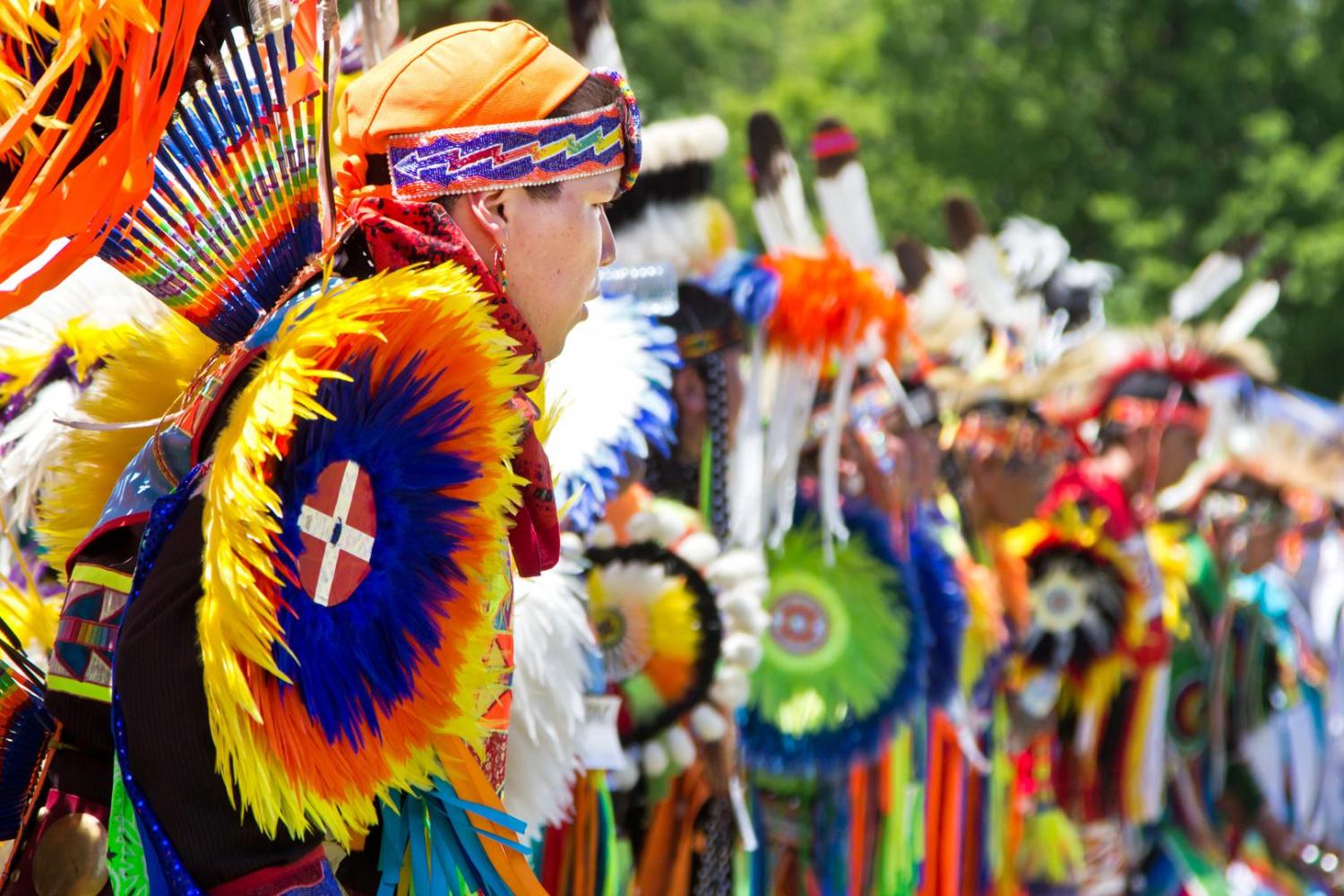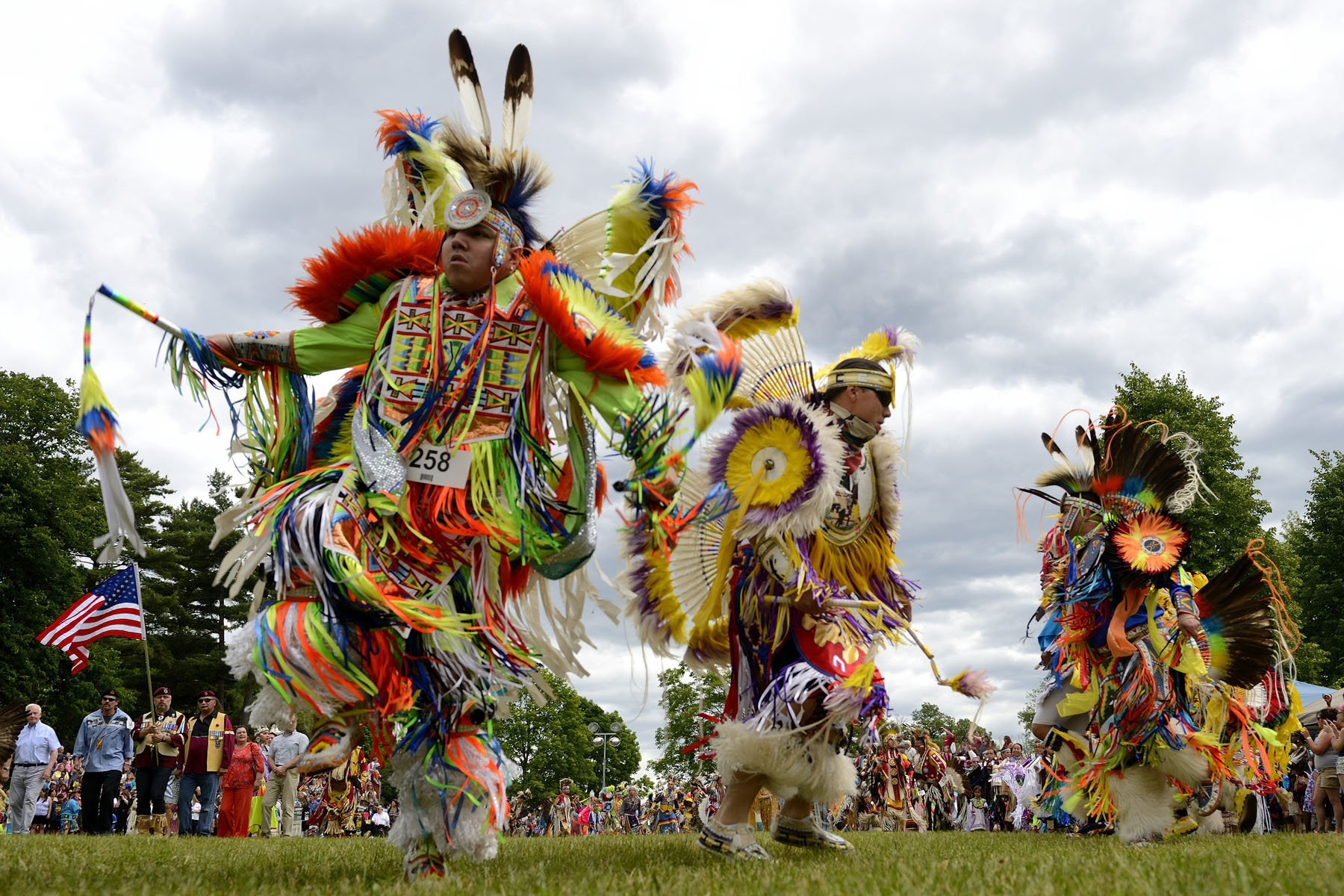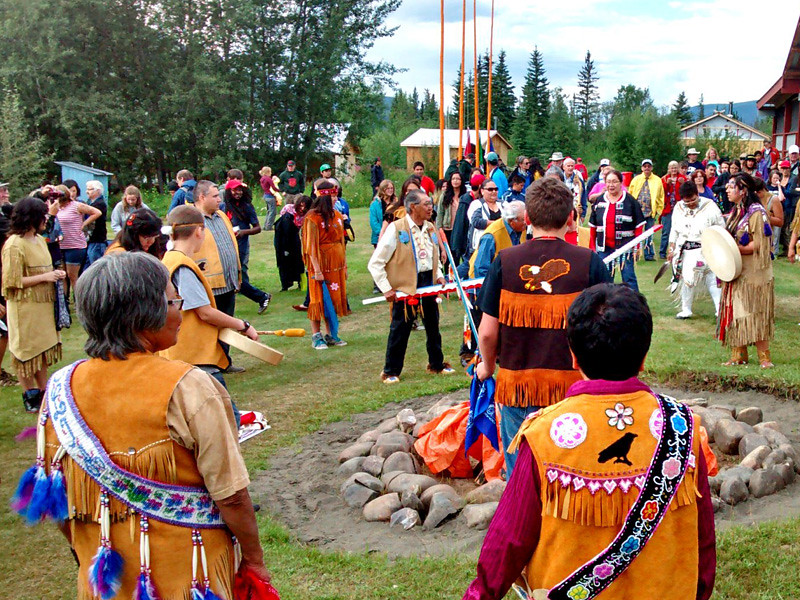A Tapestry of Resilience: Exploring the Diverse Indigenous Cultures of Canada
A Tapestry of Resilience: Exploring the Diverse Indigenous Cultures of Canada

Canada, a vast and breathtaking land, is renowned for its natural beauty and diverse landscapes. But beyond its iconic mountains and forests lies a rich tapestry of human stories, woven by the First Nations, Inuit, and Métis peoples who have called this land home for millennia. These Indigenous cultures, each unique and vibrant, have shaped Canada’s history, its land, and its very identity.
A Legacy of Resilience: The First Nations
Related Articles: A Tapestry of Resilience: Exploring the Diverse Indigenous Cultures of Canada
- Unveiling the Enchantment: 4 Aboriginal Instruments That Will Captivate Your Soul
- Journey Through Unique Tribes: Unveiling Hidden Cultures and Ancient Traditions
- Unleash Your Wild Side with a Bear Paw Hand Tattoo – Roar in Style!
- Discover the Ancient Treasures of Native American Arrowheads
- Azure Beauties: Unveiling the Allure of Blue-Eyed Indians
The First Nations, often referred to as "Indians" in historical contexts, represent a diverse group of over 600 distinct nations, each with their own language, traditions, and governance. These nations have inhabited Canada for thousands of years, their history intertwined with the land and its resources.
Diverse Cultures, Shared Experiences:
From the vast prairies of the west to the dense forests of the east, First Nations communities have developed distinct ways of life. The Haudenosaunee, also known as the Iroquois Confederacy, established a powerful political alliance in the Great Lakes region, known for their intricate governance system and skilled craftsmanship. The Algonquin, inhabiting the eastern woodlands, were renowned for their hunting and fishing skills and their intricate beadwork and birchbark crafts. In the west, the Plains First Nations, like the Cree and Blackfoot, adapted to the open grasslands, becoming skilled horsemen and buffalo hunters.
The Impact of Colonization:
The arrival of European settlers in the 15th century marked a turning point in the history of First Nations peoples. Colonization brought with it disease, displacement, and forced assimilation policies, leading to significant cultural loss and disruption. The Indian Act of 1876, for instance, aimed to control and assimilate Indigenous peoples, imposing strict regulations on their lives and severing their connection to their traditional lands.
A Fight for Recognition and Rights:
Despite the challenges, First Nations communities have shown incredible resilience, fighting for their rights and preserving their cultures. The 1960s and 1970s saw a surge in Indigenous activism, leading to the creation of organizations like the Assembly of First Nations (AFN), which advocates for the collective interests of First Nations communities.
Reconciliation and Moving Forward:

The Canadian government has acknowledged the injustices inflicted upon First Nations peoples and has committed to reconciliation. This process involves addressing historical wrongs, promoting cultural revitalization, and working towards a future of mutual respect and understanding.
The Inuit: Guardians of the Arctic
Inhabiting the vast and unforgiving landscapes of the Arctic, the Inuit are a distinct group of Indigenous peoples with a unique culture deeply connected to the land, sea, and wildlife.
Adapting to the Arctic:
The Inuit have developed remarkable skills for survival in the harsh Arctic environment. They are renowned for their expertise in hunting seals, caribou, and other Arctic animals, utilizing traditional tools and techniques passed down through generations. Their homes, known as igloos, are a testament to their ingenuity and ability to adapt to extreme conditions.

A Shared Identity:
While there are regional differences in their traditions and languages, the Inuit share a strong sense of cultural identity. They have a rich oral tradition, expressed through stories, songs, and dances that preserve their history and knowledge.
Facing Modern Challenges:
The Inuit face numerous challenges in the modern world, including climate change, which threatens their traditional way of life. Environmental degradation, economic inequality, and social issues like suicide and substance abuse also pose significant threats to Inuit communities.
The Métis: A Unique Blend of Cultures

The Métis people, often referred to as the "Children of the Fur Trade," are a distinct Indigenous group that emerged from the intermarriage of European fur traders and First Nations women. They have a unique cultural identity, blending European and Indigenous traditions.
A History of Resilience:
The Métis played a crucial role in the fur trade, adapting their skills and knowledge to the changing landscape of the Canadian West. Their history is marked by periods of both cooperation and conflict with European settlers.
A Fight for Recognition:
The Métis have long struggled for recognition and self-determination. The Métis Nation, formed in the 1980s, advocates for the rights and interests of Métis communities across Canada.
Cultural Expression and Identity:
Métis culture is characterized by a blend of Indigenous and European influences. They are known for their vibrant arts and crafts, including beadwork, quillwork, and traditional music and dance.
Moving Forward: Towards a Shared Future
The First Nations, Inuit, and Métis peoples have played a vital role in shaping Canada’s history and culture. Their resilience, adaptability, and rich cultural heritage continue to inspire and inform the nation.
Building a More Inclusive Future:
Moving forward, Canada must continue to address the legacy of colonialism and work towards a future of reconciliation and respect for Indigenous rights. This includes honoring treaties, supporting Indigenous self-determination, and promoting cultural revitalization.
The Importance of Education and Understanding:
It is crucial for all Canadians to learn about the history, culture, and contributions of Indigenous peoples. By fostering understanding and empathy, we can create a more inclusive and just society where Indigenous voices are heard and their rights are respected.
FAQs about Native Tribes in Canada
Q: How many Indigenous peoples live in Canada?
A: According to the 2021 Census, there are over 1.7 million people who identify as Indigenous in Canada. This includes First Nations, Inuit, and Métis.
Q: What are the main languages spoken by Indigenous peoples in Canada?
A: There are over 70 Indigenous languages spoken in Canada. Some of the most common include Cree, Ojibwe, Inuktitut, and Michif.
Q: What are some of the challenges faced by Indigenous communities in Canada?
A: Indigenous communities face many challenges, including poverty, lack of access to education and healthcare, high rates of suicide, and the impact of climate change on their traditional way of life.
Q: What is the role of treaties in Indigenous-Canadian relations?
A: Treaties are agreements between Indigenous nations and the Canadian government that establish rights and responsibilities. They are a cornerstone of reconciliation and are essential for building a more just and equitable relationship between Indigenous peoples and the Canadian state.
Q: What can I do to support Indigenous communities in Canada?
A: There are many ways to support Indigenous communities. You can learn about their history and culture, support Indigenous businesses and artists, advocate for their rights, and donate to organizations that work to improve their lives.

Closure
Thus, we hope this article has provided valuable insights into A Tapestry of Resilience: Exploring the Diverse Indigenous Cultures of Canada. We appreciate your attention to our article. See you in our next article!